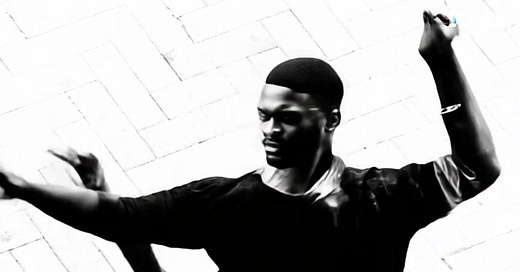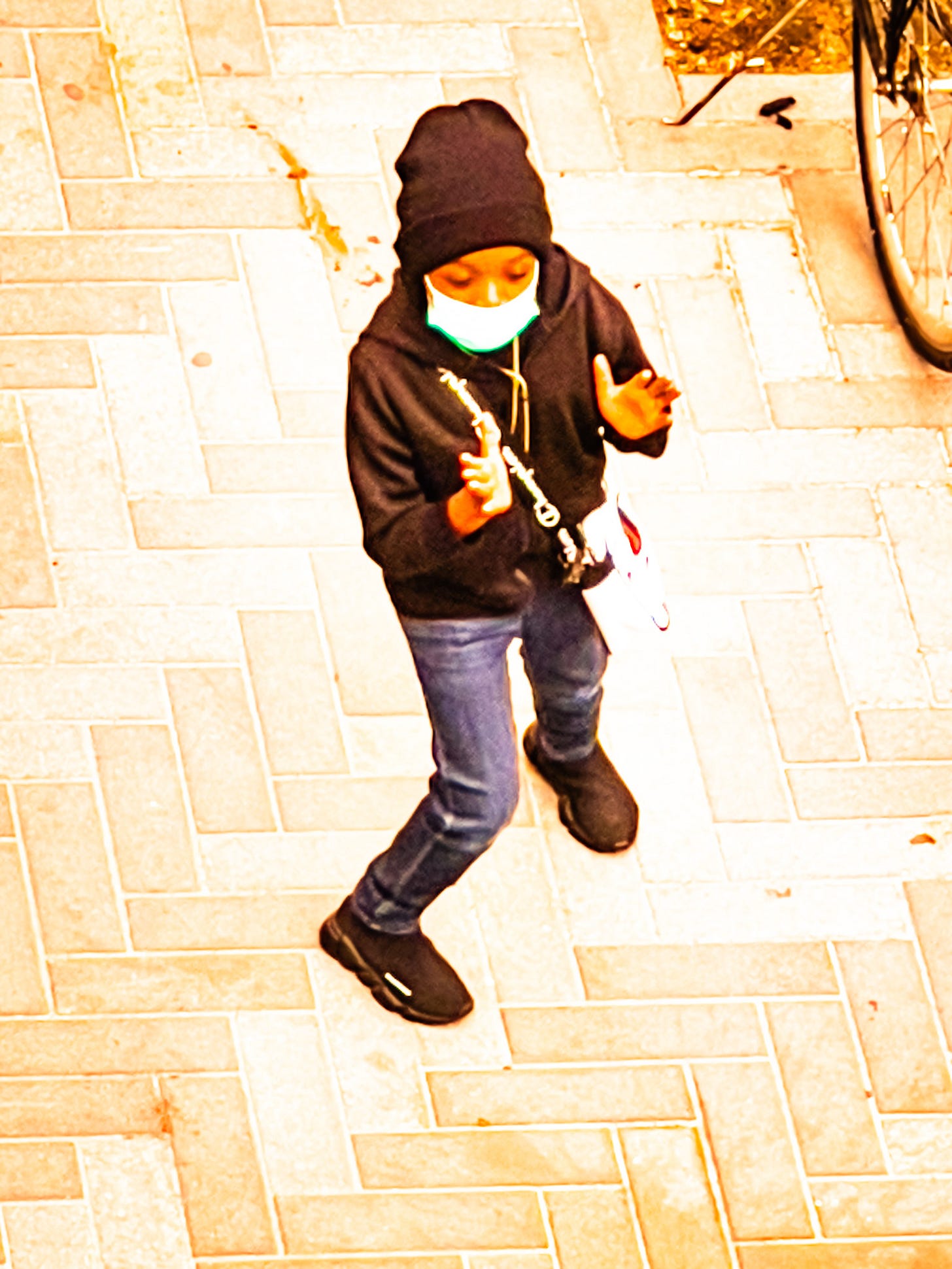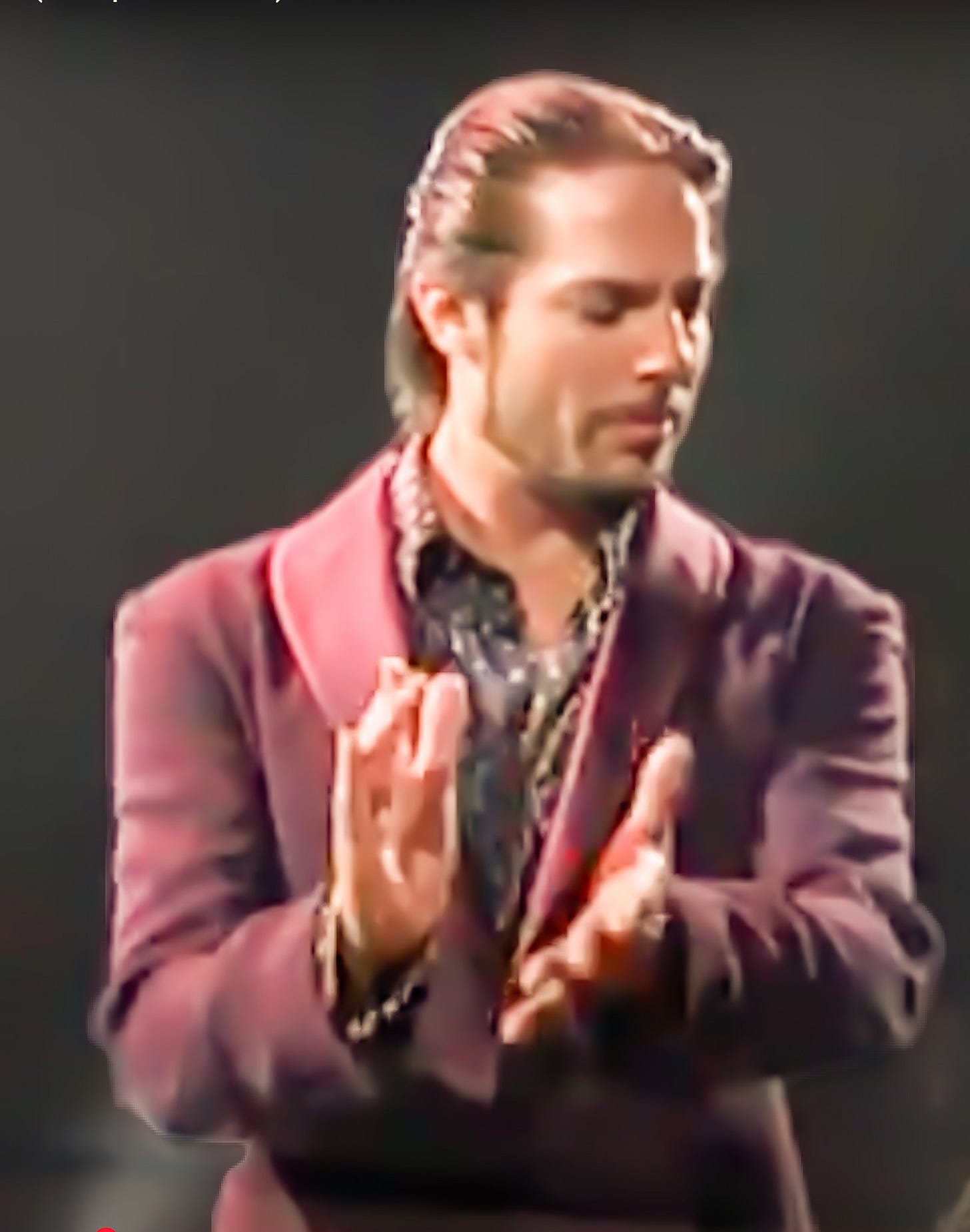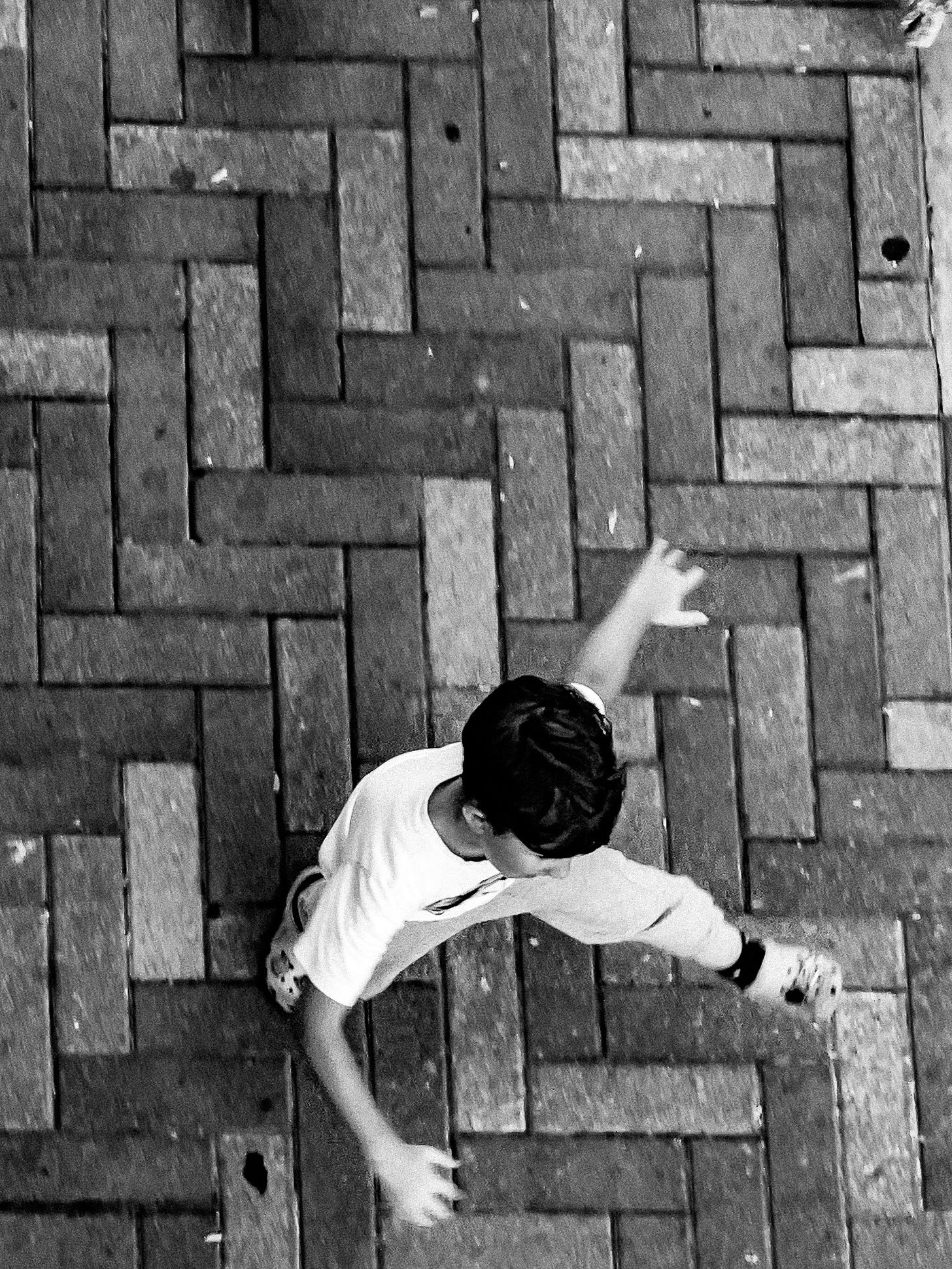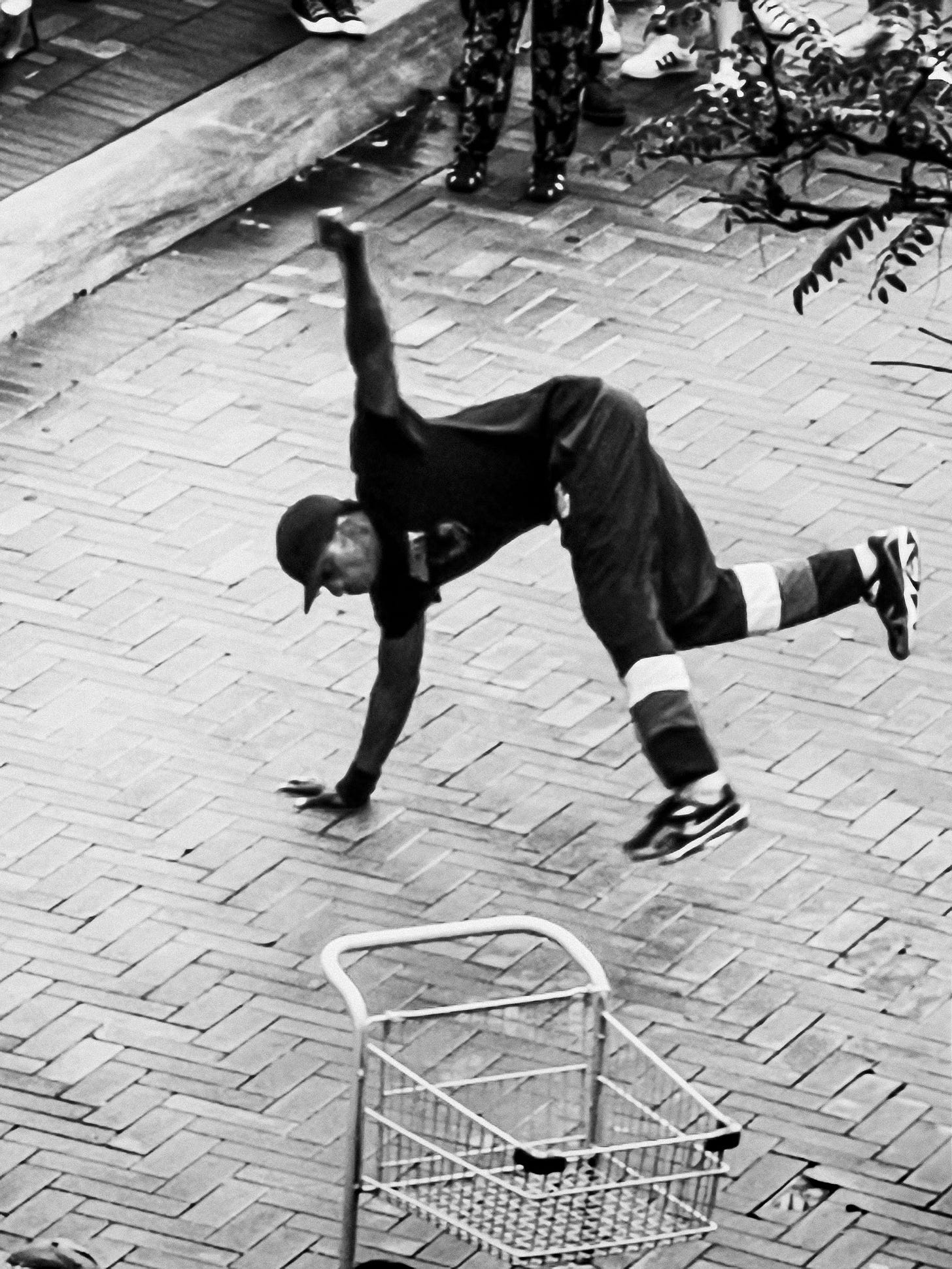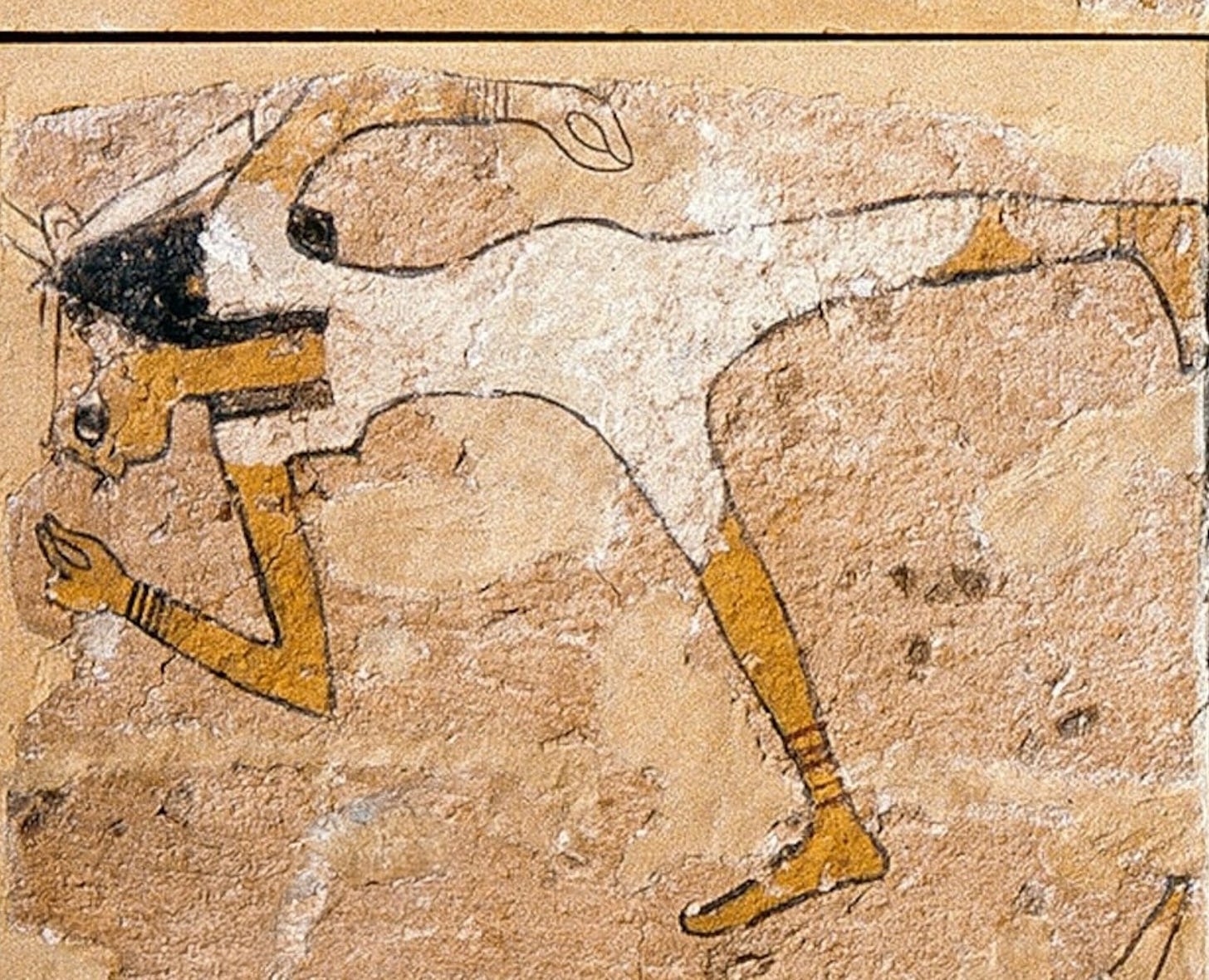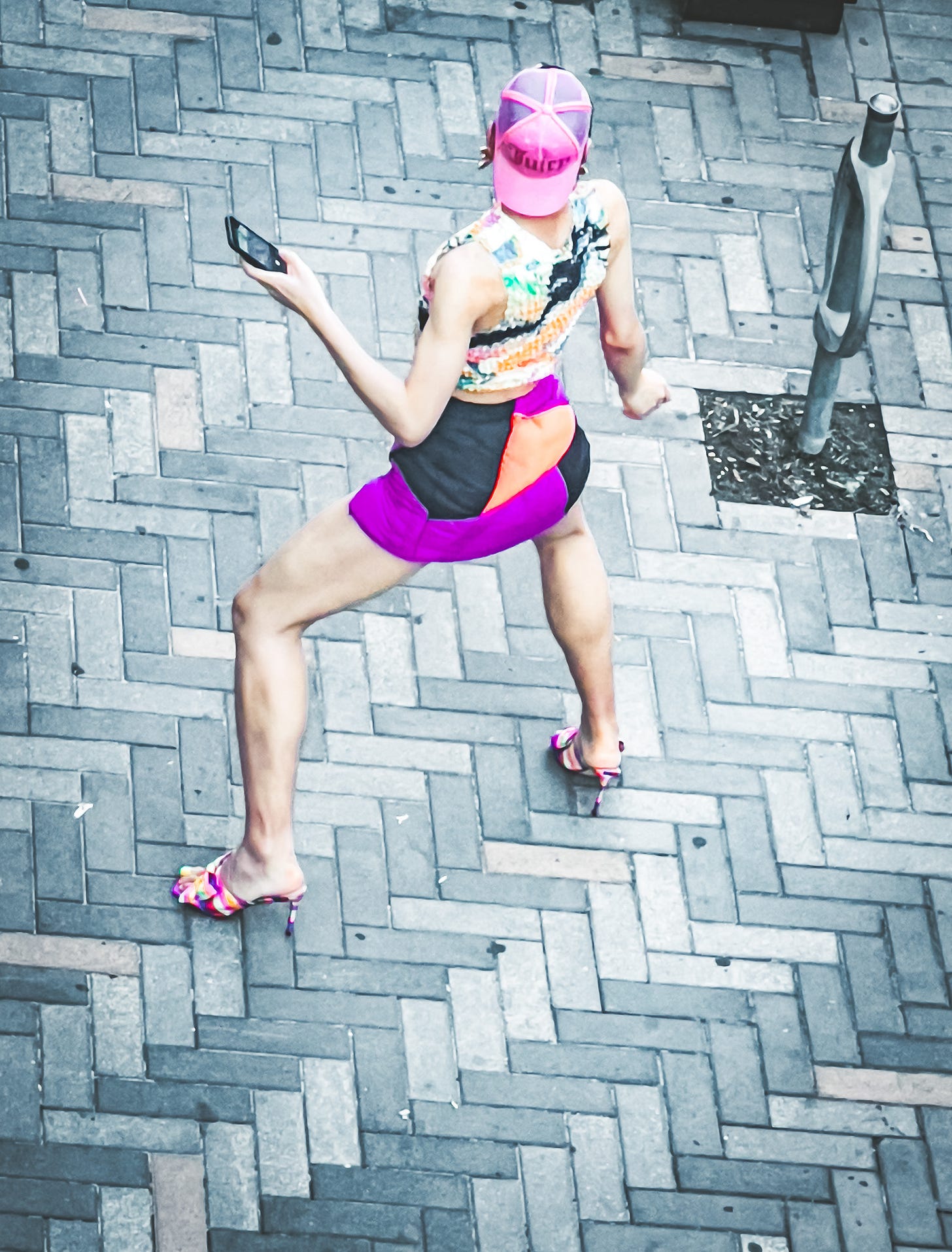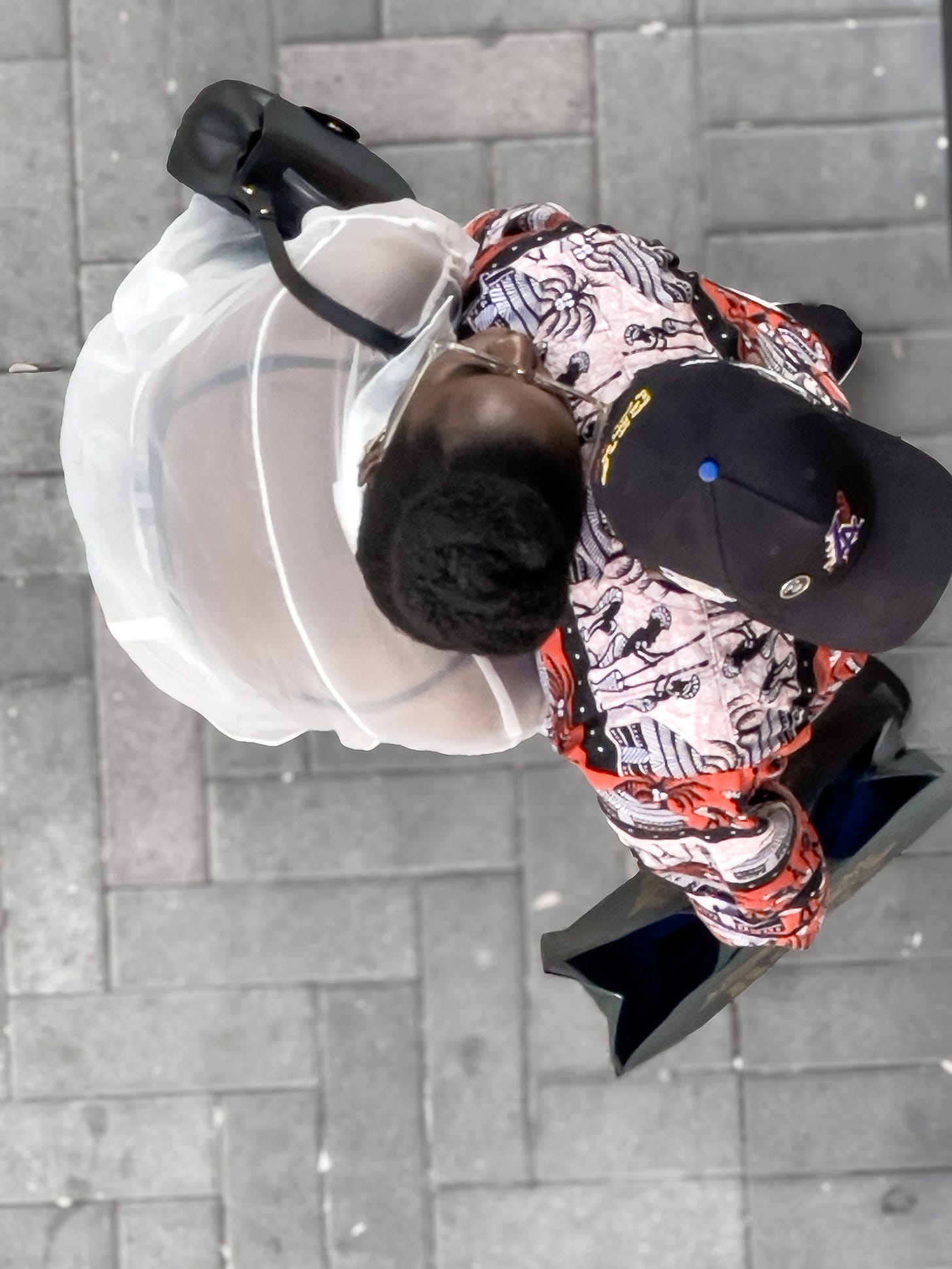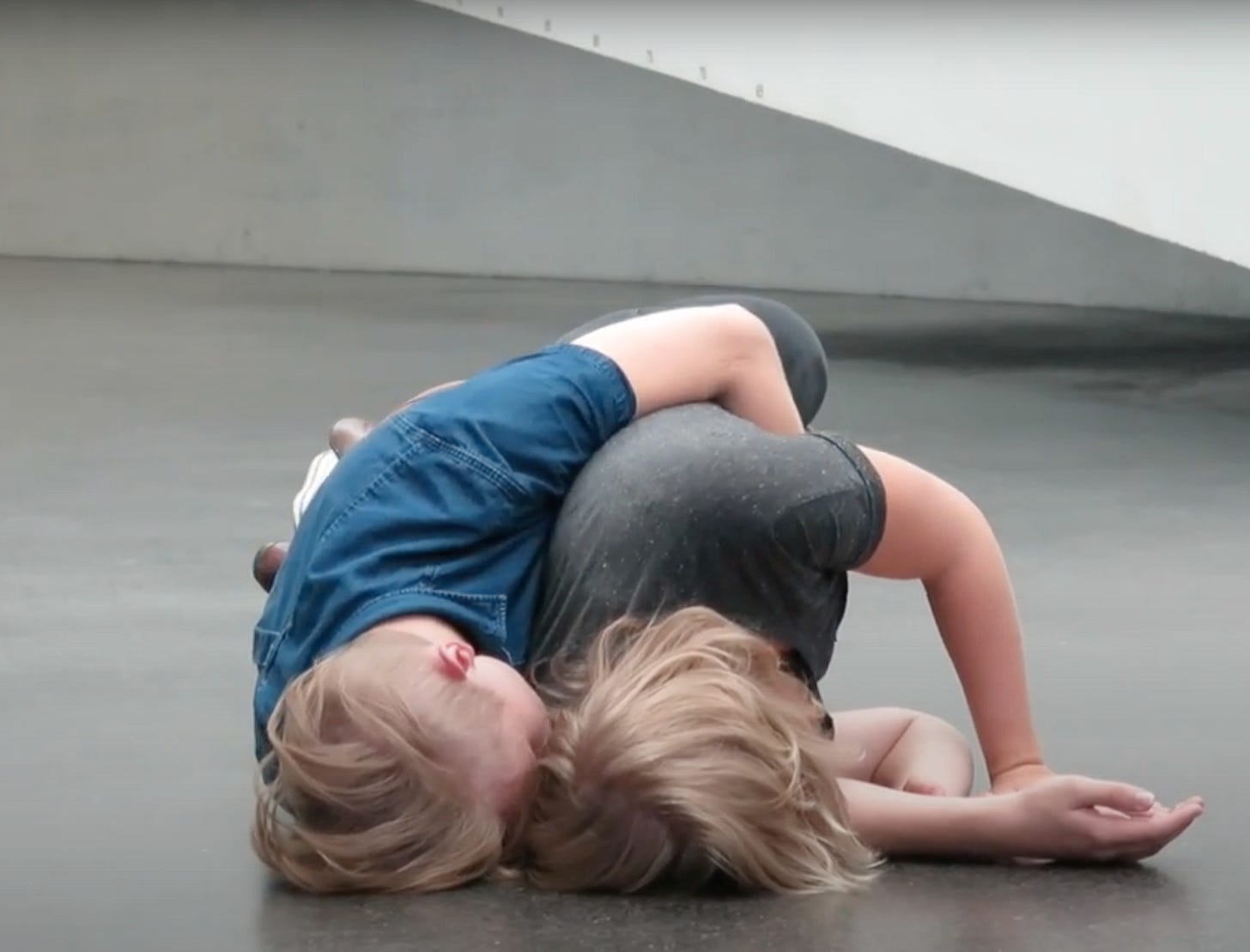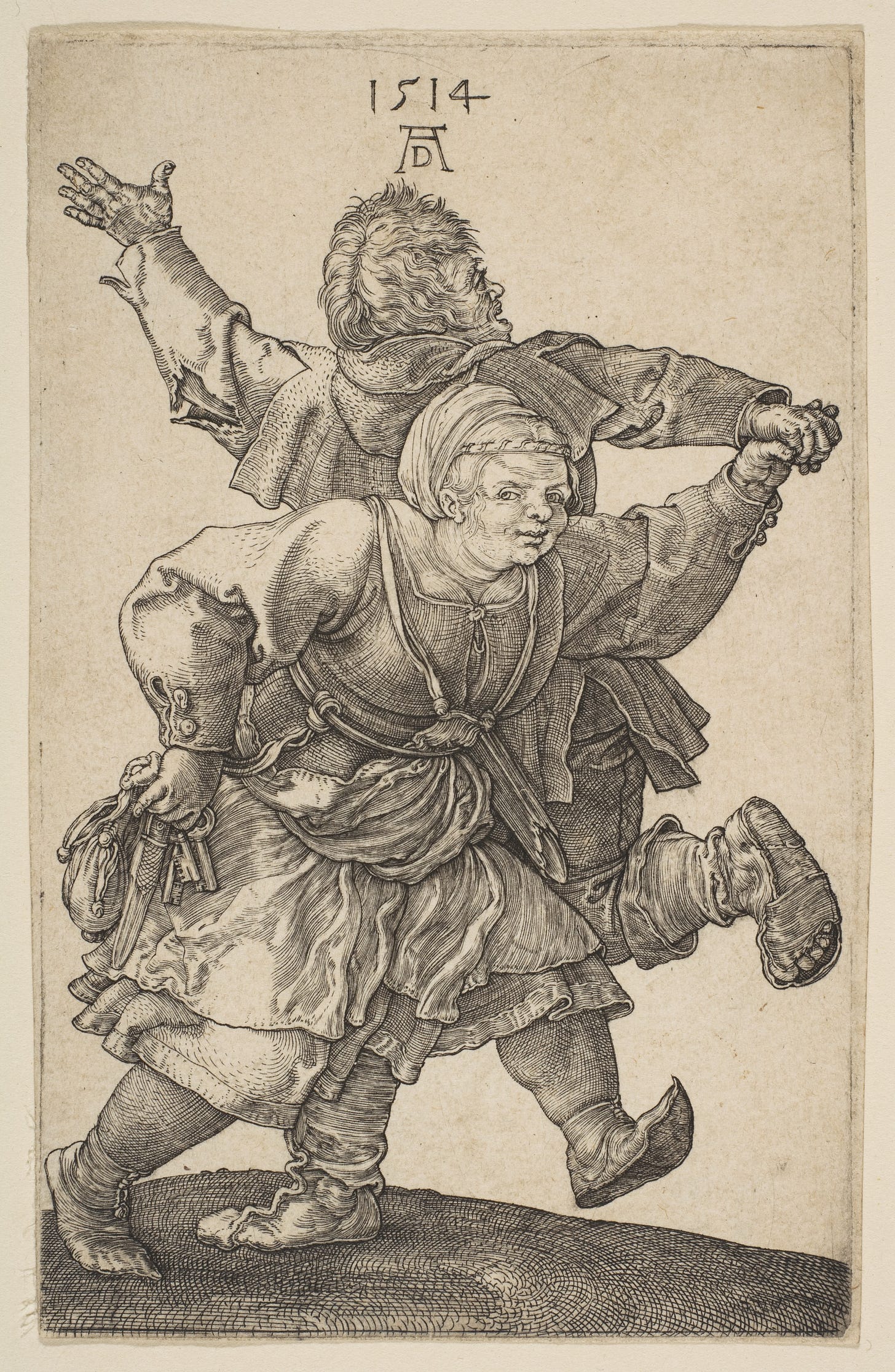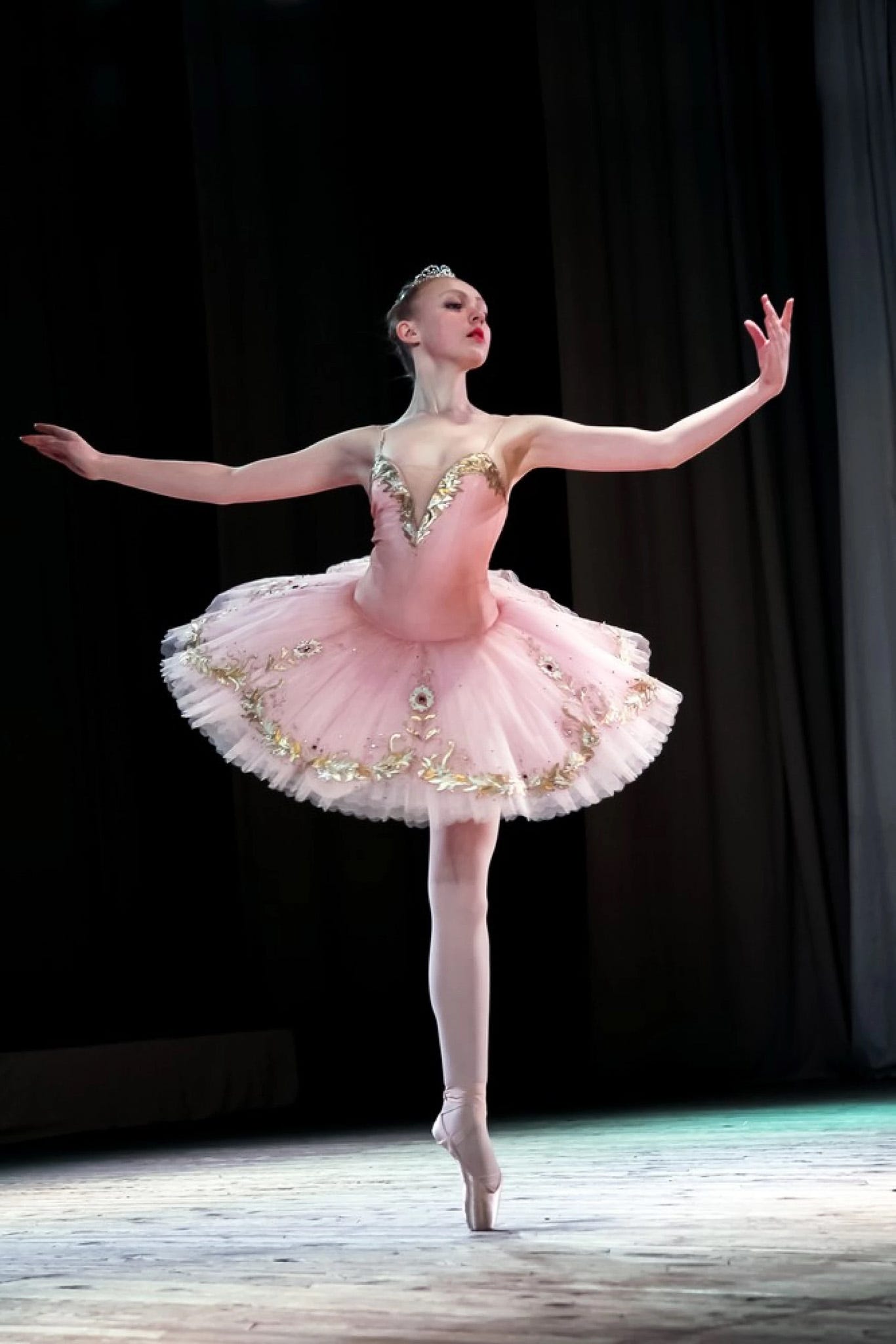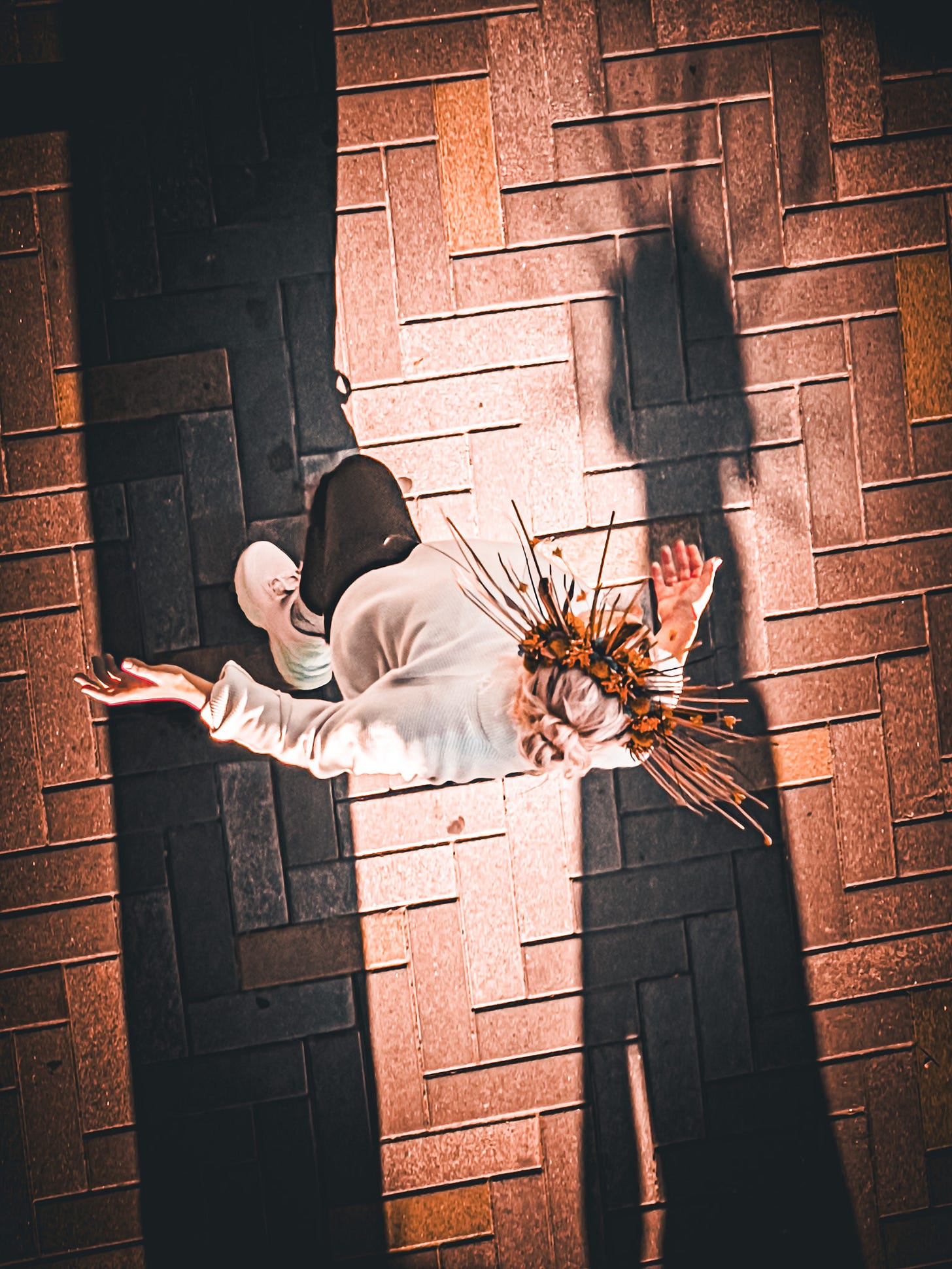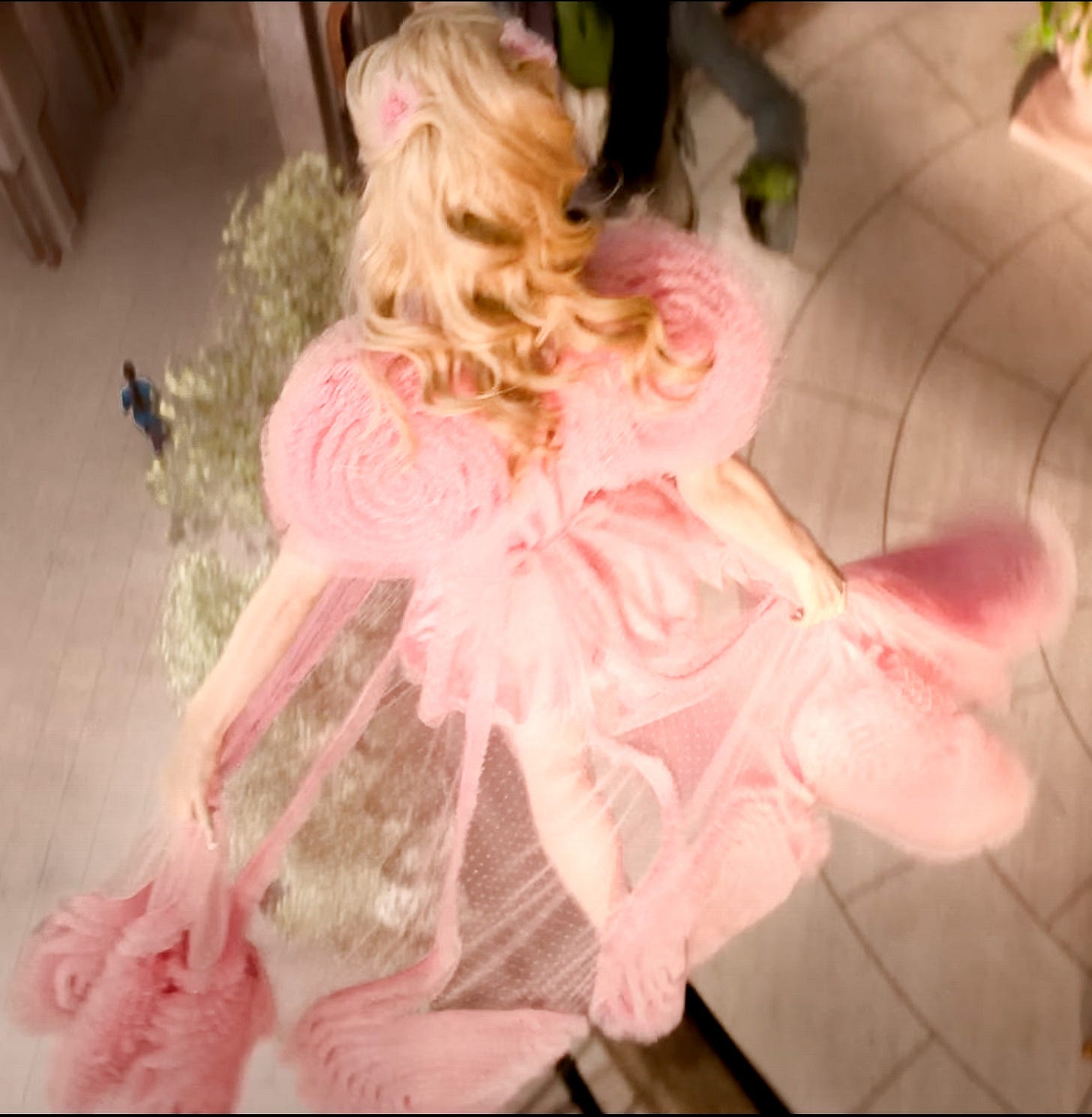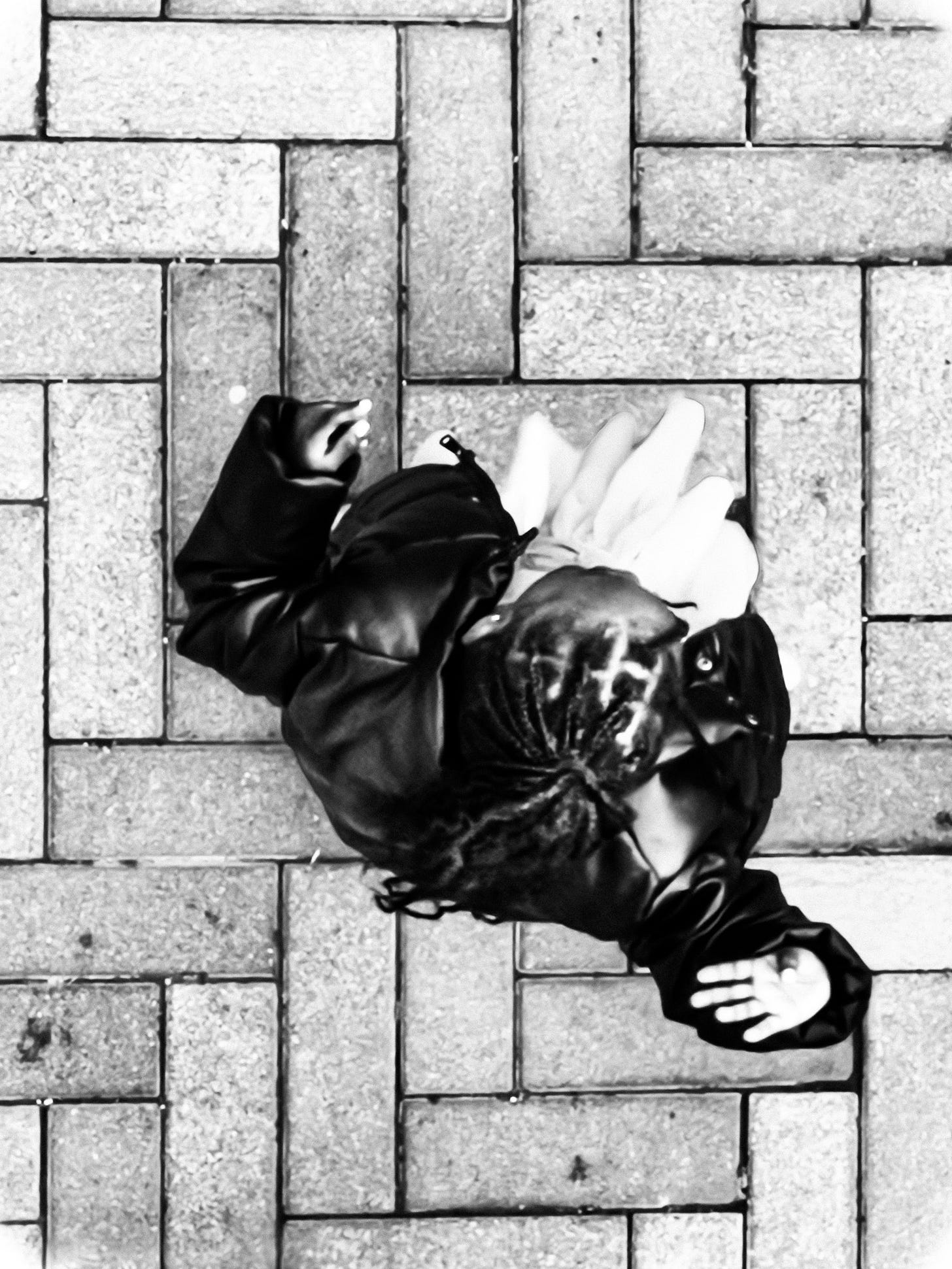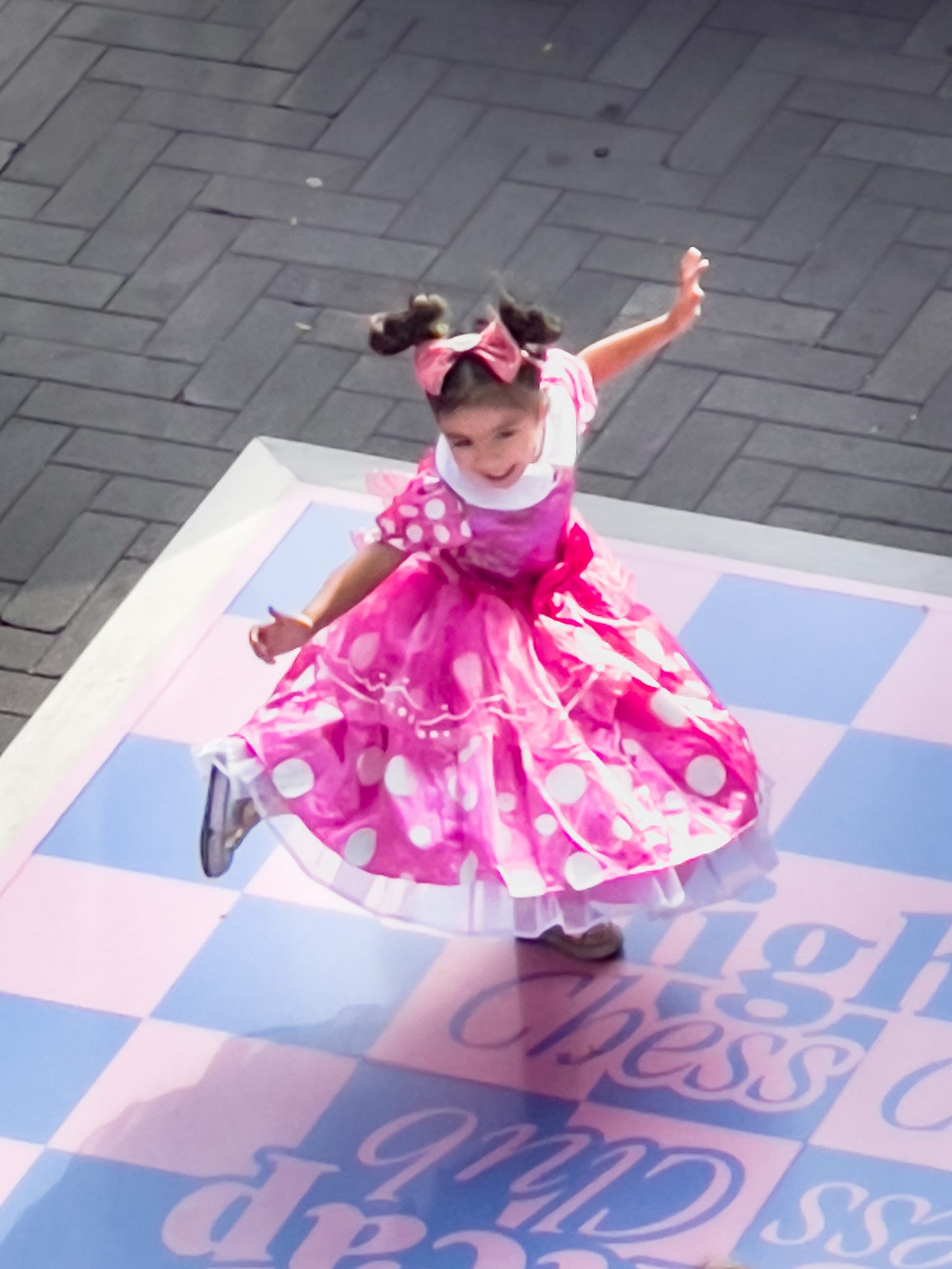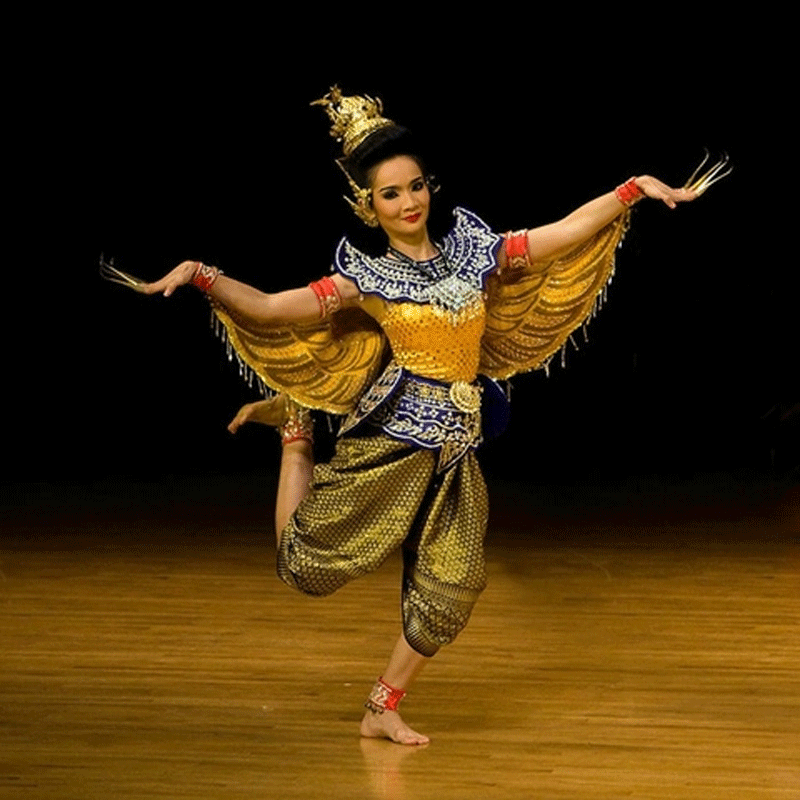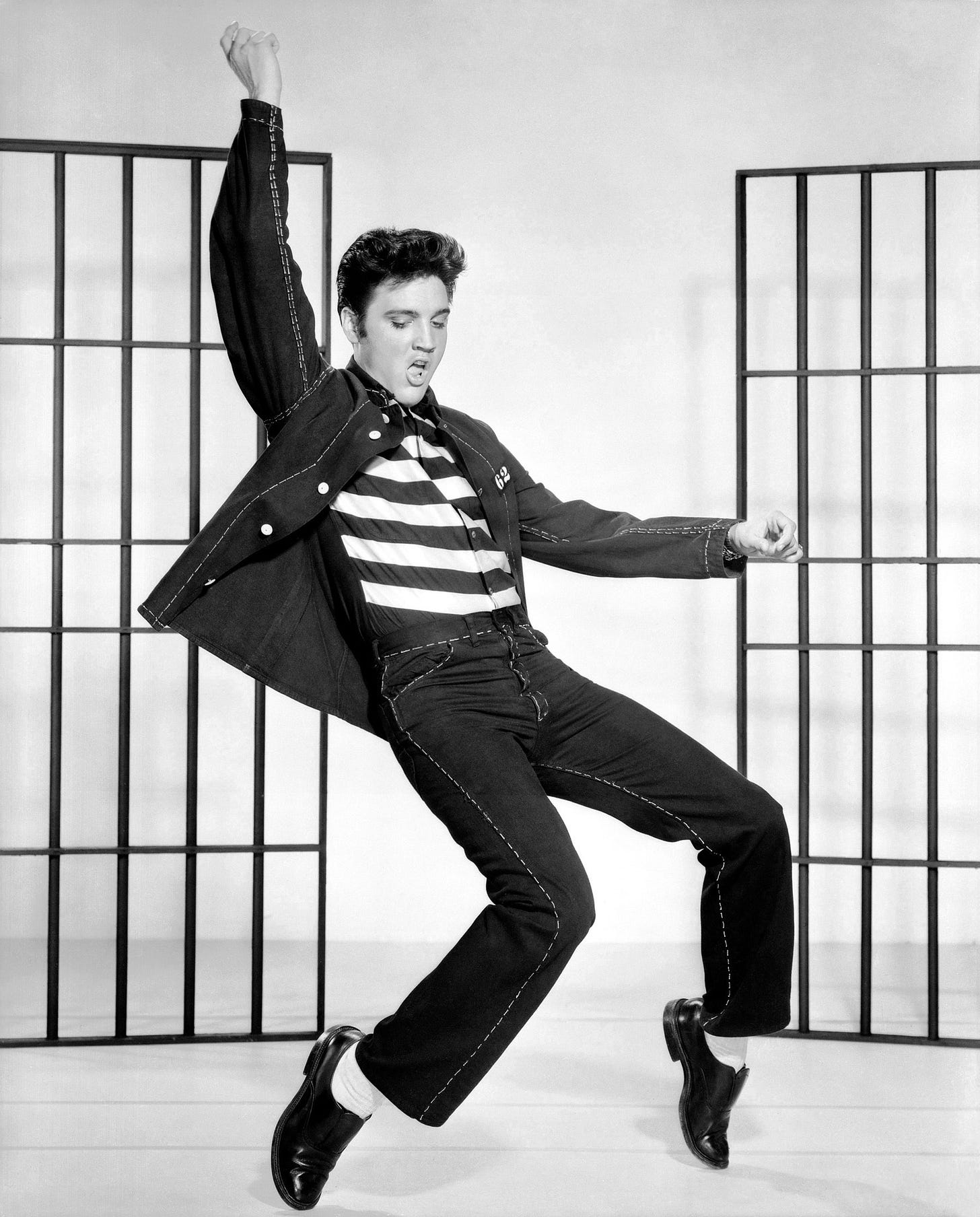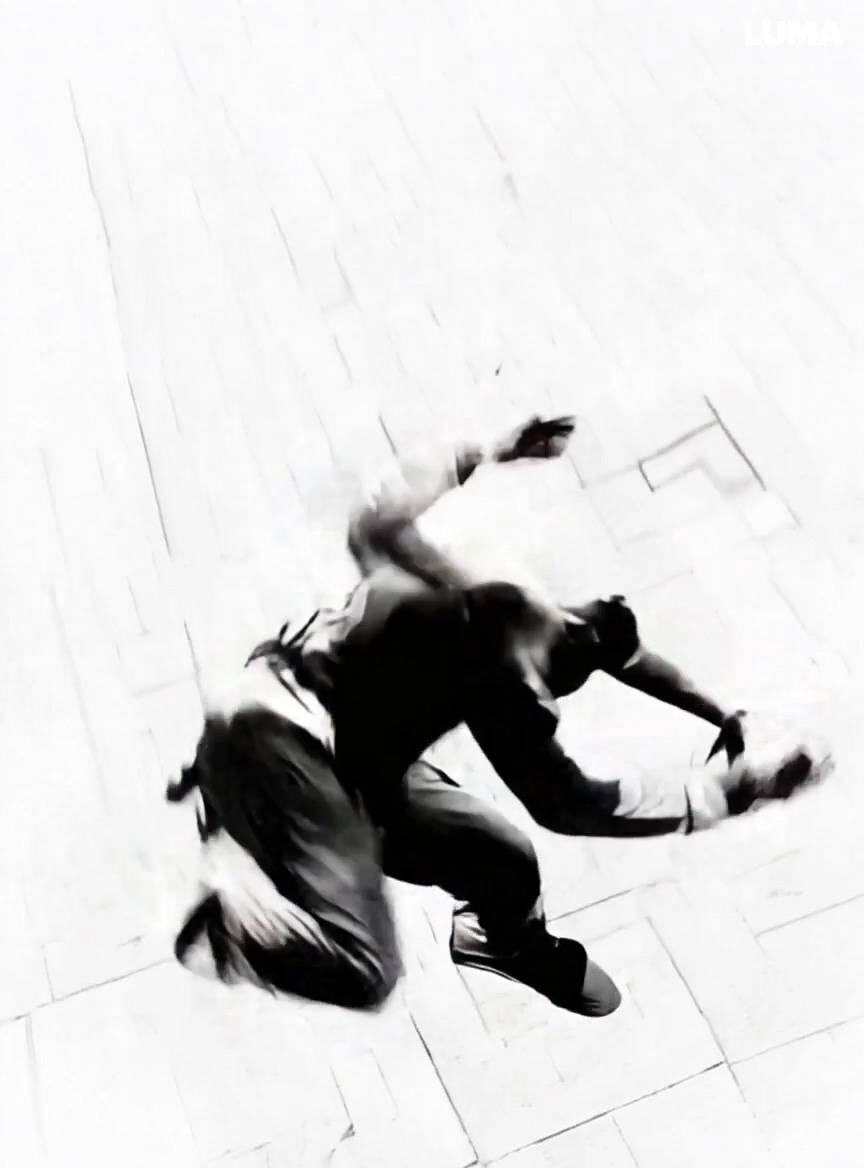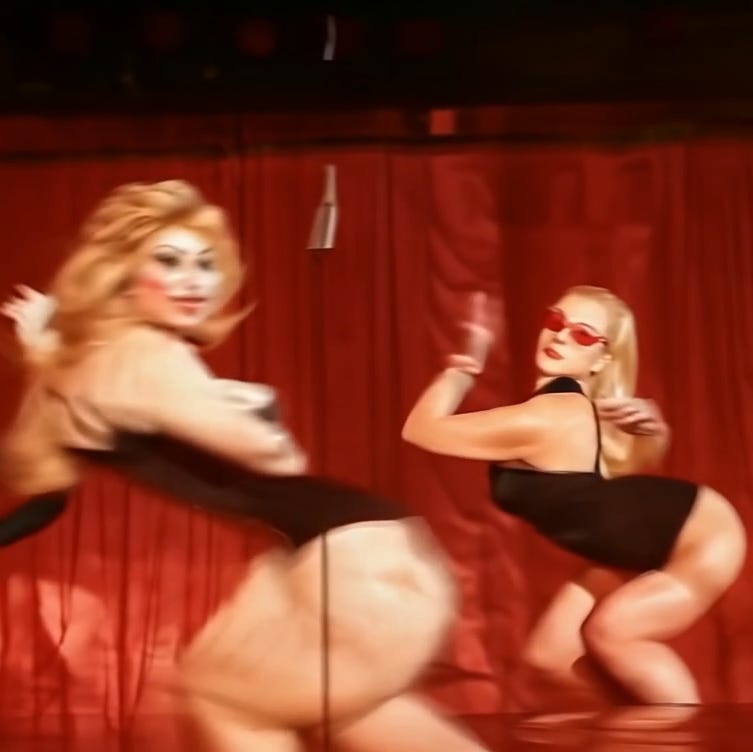…And what they mean / For our salvation” - Thom Yorke, Suspirium.
“All movement is in fact dance” - Twyla Tharp (dancer/choreographer)
Writing about dancing is like DJing about food. Who needs to think when your feet just go (as the Tom Tom Club sang)? However: found dancing follows below, conscious and unconscious danse trouvée, all movement in the moment caught by chance over the last three years. The free-range movers (and literal shakers) are paired with staged dance/art thumbnail references from across history. A lot of similarities synchronicities show up, from Egypt to Elvis, like in the top photo above — which is pulled from a video made using AI to create transitional movement across a sequence of shots from “The Window” — where suddenly Shiva, Lord of the Dance, the Cosmic Dancer, surprisingly emerged, extra arms and all (though admittedly, bustin’ moves on bricks not atop a dwarf demon.)
"I danced myself right out the womb" -Marc Bolan (T-Rex song “Cosmic Dancer”)
Dance or music, which came first? Some theories suggest it was music, evolving from pre-language vocalized melodies (like a mother cooing to her baby, or tonal calls to coordinate hunters), or rhythmic sounds like chest thumping, clapping, or surface tapping (stick on a stick, bones on stones.)
Dancing may have come first though, arising from the need to convey survival methods to others through repetitions of mimicked animal behaviours and associated hunting movements, displays of foraging techniques, or perhaps even as embodied mnemonic instructions related to where to find water, shelter or when to seasonally migrate. A Cupid (survival) Shuffle of “Cross the mountain to the right, to the right / Now kick the cougar…” Over time these repeated movements may have become formalized as pre-event rituals or stylized in post-event storytelling dances.
Structured sound and deliberate expressive movement (aka music and dance), however, most likely evolved as one — music and movement the same thing, inseparable like a note from its vibrating violin string. There is no such thing as dancing in silence — even if there is no music playing, the dancer sounds out with a song of breath or grunts, and rhythms with their feet (and backs and hands and bodies) striking the ground, dirt or wood or cement.
We start dancing inside the womb. At 23 weeks a fetus responds to music with movement and changes in heart rate. Play music to an infant and they will spontaneously sway or move rhythmically. (And even if they are pre-verbal they often hum or sing out melodies to themselves as they play). We are born as moving instruments — our throats are aerophones, our hearts are drums, our DNA, strings to vibrate.
“Dance came from the people and…it should always be delivered back to the people." -Alvin Ailey (dancer/choreographer)
If music and dance are inextricably linked, then people have been dancing for over 50,000 years. The oldest known musical instrument is the Divje Babe Flute, a Neanderthal instrument discovered in Slovenia, dating back to 40-60,000 years ago. But bows and arrows were invented even before that — and the twang from a pulled bowstring is not that far from the note of a harp. Arrows to art. (Archeological evidence shows that arched harps likely developed directly from hunter’s bows).
Physical depictions of dancers date back only about 30,000 years — dancing stick-figures with raised arms are shown in rock shelters in Bhimbetka, India. There are 8,000-year-old drawings in Tassili n’Ajjer, Algeria that show groups of people, some costumed, some masked, holding hands and dancing in a circle. (Matisse traveled to North Africa in 1906. The figures in his 1910 painting The Dance, and his later cut-outs, look strikingly similar to those ancient Algerian drawings.) In Egypt 3000 years ago dancers were widely depicted on murals, tomb paintings and temple engravings. TikTok in the time of Amenhotep, just on stone instead of screens.
"Dancing is a perpendicular expression of a horizontal desire." -George Bernard Shaw (playwright)
Dancing has always been associated with courtship. Controlled movement showcases physical vitality, coordination, and social status — qualities desirable in mates. Dancing rituals and displays linked to fertility and mating, long depicted on those cave walls, has shifted to screens, videos, shorts and reels. (Ishtar* in the time of TikTok). It continues too in live settings; overtly in strip clubs, nightclubs, burlesque shows, and more subtly at weddings and traditional seasonal celebrations like the Maypole dance — a union of the male and female forces, a “pole” planted in the “earth”. (A widely practised contemporary fertility dance, albeit with thunderous music and innovative temporary costuming, is Chippendales* — though some of the audience may opine that it is actually a form of performance art, just not staged in a museum. “It is sensual, you’re not allowed to document it, and it engages with the audience, all in the same way that Tino Sehgal’s “The Kiss”* performance does, though, admittedly, Chippys has tear-away pants, and somewhat lacks in institutional critique.”)
One of the oldest images depicting a couple dancing together is Albrecht Dürer's 1514 engraving Peasant Couple Dancing. ‘Closed-hold’ dancing, where partners face each other and there is more bodily contact than just hands (a hip dangerously held), doesn’t occur until the Renaissance. The Waltz, for example, emerged from those early peasant dances in Austria and by the 18th century had gained popularity even amongst the aristocracy — though done in a less ‘vigourous’ (that is, lusty) manner. Its close embrace and spinning movements at the time caused controversy, and was criticized by religious and social authorities, but it spread across Europe and eventually influenced all contemporary partner dances from the Tango to Jive. (Even today’s Acroyoga* — where feet hold the hips, and hands hold the feet in a horizontal expression of a horizontal desire, was Waltz-influenced).
“We are dancing animals” - Kurt Vonnegut
Birds of paradise and manakins do elaborate choreographed routines with head bobs, wing formations, and moon-walks. While the dance isn’t spontaneous — the core sequence of avian moves is genetically programmed — there is some variation in timing or repetition for each individual dance according to the audience (ie the female’s) response. Kinda like the 18 set moves of the Electric Slide — you’re more likely to attract some attention from a possible mate if you add some personal spice to that grapevine or kick, or add in your signature lasso move™.
Dogs don’t spontaneously dance but can be trained to move in sequence with their partner. Parrots, however, do have a penchant for dancing, and may be the only animal outside the human species able to do so. Snowball — a sulphur-crested cockatoo — became internet famous by actively weaving and moving in synchronization to music. He’d bob his head, bounce his body, and even lift his feet in time to the beat. (Watching Snowball groove to “Another One Bites the Dust”* is not so different from watching Travolta —a brunette-coiffed human — walk down the street in the opening scene of “Saturday Night Fever”*). Scientists believe there is a link between language, rhythm, and music; dogs can’t talk, parrots can. Crows, who can mimic speech, and who dance and sing while courting, have, however, never been caught boogie-ing to Queen or the Backstreet Boys. (They prefer the blues.)
"Dancers are the athletes of God." - Einstein
Dancing has also long been devotional. Wiccans do that frisky Maypole dance in spring to honour the union of God and Goddess. The dance of the Sufi Mevlevi (the whirling dervishes) employs a continuous spinning movement to connect with the divine and achieve a state of religious ecstasy. Hula Kahiko is an ancient Hawaiian dance form that uses precise movements and gestures to show dedication to deities like Pele, the goddess of volcanoes.
Bharatanatyam is a classical Hindu temple dance from Tamil Nadu, dedicated to deities like Shiva and Krishna. It blends intricate footwork and hand gestures (mudras) to express devotion. Fawn Marn Gumm Ber (The Dance of the Butterflies) is done in Thailand, using dramatic hand gestures (and extended golden fingernails) to convey a deep reverence for nature and its beauty.
The Shakers (a Protestant Christian religious sect, active mostly in the 18th and 19th centuries in the US) were called that because of their devotional movements (trembling, whirling) as they elevated dancing to the level of divine revelation. Known as "shaking"or "laboring," their movements included synchronized steps and gestures to channel spiritual energy. Some evangelical movements (certain Pentecostal sects) also experience a type of body-glossolalia, where they are overtaken by uncontrolled dancing when experiencing the Holy Spirit. Practitioners of Voodoo experience this too, when dancing Zangbeto*, which features a dramatic swirling spirit dancer covered in palm leaves (as do other West African tribal dances, and which influenced artist Nick Cave’s sound suits).
“To dance is to be out of yourself.'' - Shakespeare (playwright)
Ecstatic dancing also happens at the secular level — Elvis really did bring girls to such a state that they left their bodies (fainted) as he shaked, rattled, and rolled. The dancer as shaman or entrancing magician, or as embodied drug helping participants escape the ordinary world. Drugs and dancing have always been connected both in secular and spiritual setttings — back to those Algerian rock paintings, where some dancers were drawn with mushroom heads, clearly psilocybin mushrooms. The Egyptians drank lotus wine (which was psychoactive) for feasts and dancing. Dionysian Greeks drank wine laced with hallucinogens for their festivals, and the Aztecs danced on peyote and tobacco to commune with their gods and ancestors.
The Jazz era had heavy reefer use in swing clubs, LSD was everywhere at concerts in the ‘60s, the disco era in nightclubs was fuelled by cocaine, circuit parties had GHB, and House parties, raves and EDM events (fields, warehouses, festivals, superclubs) are literally long-dancing gatherings energized by ecstasy (MDMA). A recent dance/drug activity is VR clubbing — dancing with thousands of others in the digital realm (but alone in your apartment) while wearing goggles and a motion tracking suit and high on technology and ketamine. Leaving your body, three times: by dance, by drugs, by digital.
“All is well / As long as we keep spinning” (Thom Yorke, “Suspirium”)…
END OF PART ONE (Part II, click : Found Fosses, B Boys, Martha Grahams, war dancers, Merce Cunninghams, voguers… and finally the confessions)
NOTES:
*Links to video views of some of the above: Twyla Tharp. Alvin Ailey. Baby Dancing. Electric Slide. Evolution of Dance (early viral vid). Chippendales. Ishtar Fertility Goddess Einstein Dancing. TheKiss-Seghal. Snowball the Parrot. Travolta Saturday Night. Popular - Wicked. Voodoo Dance. Acroyoga.
Alvin Ailey’s signature moves are characterized by a blend of modern, ballet, jazz, hip hop and African influences, including expressive hand gestures, forceful lines from contracted muscles, and dynamic transitions like jumping and turning. His most famous work is “Revelations” (which explores the themes of spirituality, and joy).
Twyla Tharp's signature moves are characterized by a blend of classical ballet technique and unexpected, often playful, movements. She choreographed the film “Hair” (which explores the themes of non-conformity, and hair).
Tino Sehgal’s signature move is creating works that are ephemeral performances or situations rather than physical objects — they disappear when they are done, and he doesn’t allow documentation so they have to be experienced live. He uses choreographed gestures and spoken instructions. His "Kiss," performance features two dancers who sensually embrace and roll, entwined, at ground level across the museum space (and which explores the themes of private/public moments, and, for the performers, floor tiling.)
“The dance is a poem of which each movement is a word.” – Mata Hari (dancer, and, um, “dancer”)
the twang of a bow
string, shaped, softened, turned, tuned— the
ring of a harp stringThe Window is an infinitely recombinant single portrait of the times, composed of many inter-connected unstaged single photos of people in ephemeral-but-eternal moments. This set is part 70. In The Window-as-installation image below, the white grid of images (from the “Yes Horses They Fly” set) were used to create the AI video and the b/w stills of a polymelic body shown top and bottom of this grouping.
(The video’s song “Freedom/A Better Day is Coming” can be found on the Xenophile Wildstyle album on Spotify (etc), which, come to think of it, is a good soundtrack for this whole image-bricolage-verbiage set.
PREVIOUS POSTS:
sup baby iron lady
TL; DR: read just the photos — only 34 words (but which took 36 months to “write”):
BONUS VIDEO:
The Window photo sequence of a person dancing whilst waiting for an Uber, turned into a music video for the song “Freedom/A Better Day is Coming” using AI to generate movement…:

